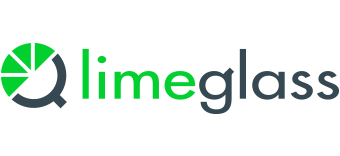Limeglass + GenAI = ResearchGenie AI Chat
Limeglass launches ResearchGenie AI Chat – a GenAI Chatbot designed for Investment Research.
Designing a GenAI chatbot for Investment Research is much more complex than first meets the eye. It is not as simple as uploading a research corpus into a Large Language Model and achieving accurate results.
Everyone is looking into solutions to use GenAI to extract valuable insights from their corpus of investment research, unfortunately the quality of the answers is variable.
At Limeglass, we specialise in investment research discovery technology. We understand the importance of providing high-quality, relevant, and up-to-date answers, along with seamless access to the original authoritative source content.
Limeglass’s latest product ResearchGenie AI Chat harnesses the power of Fusion Search for AI to ensure answers are based on the most relevant, authoritative, and recent research publications. The answers can be either Generative or Extractive or both side-by-side, maintaining the feedback loop and facilitating active use of the research portal.
ResearchGenie AI Chat can be easily embedded as a web component or used in third-party chat frameworks such as Microsoft Teams.
Limeglass RAG for Research
Retrieval Augmented Generation designed specifically for Investment Research:
- Optimised research context retrieval underpinned by Fusion Search for AI
- Financial market expertise leveraged from Limeglass’s extensive Knowledge Graph
- Answers directly cite & link to the original authoritative content
Extractive and Generative AI Answers
- Extractive Results: Answer questions using the analyst’s own text, providing links back to the original document and the author
- Generative Results: Become more accurate as retrieval uses Fusion Search for AI, minimising false positives & false negatives
Easy to integrate
- Add to a web page or portal as an out-of-the-box web component
- Use in third-party chat frameworks such as Microsoft Teams
Multi-Lingual Support
- Questions & answers can be provided in multiple languages
ResearchGenie AI Chat is a powerful tool allowing your clients and sales team to unlock the breadth of your research coverage, resulting in stronger ‘Trusted Advisor’ relationships.
If you would like more information, please feel free to contact us.


